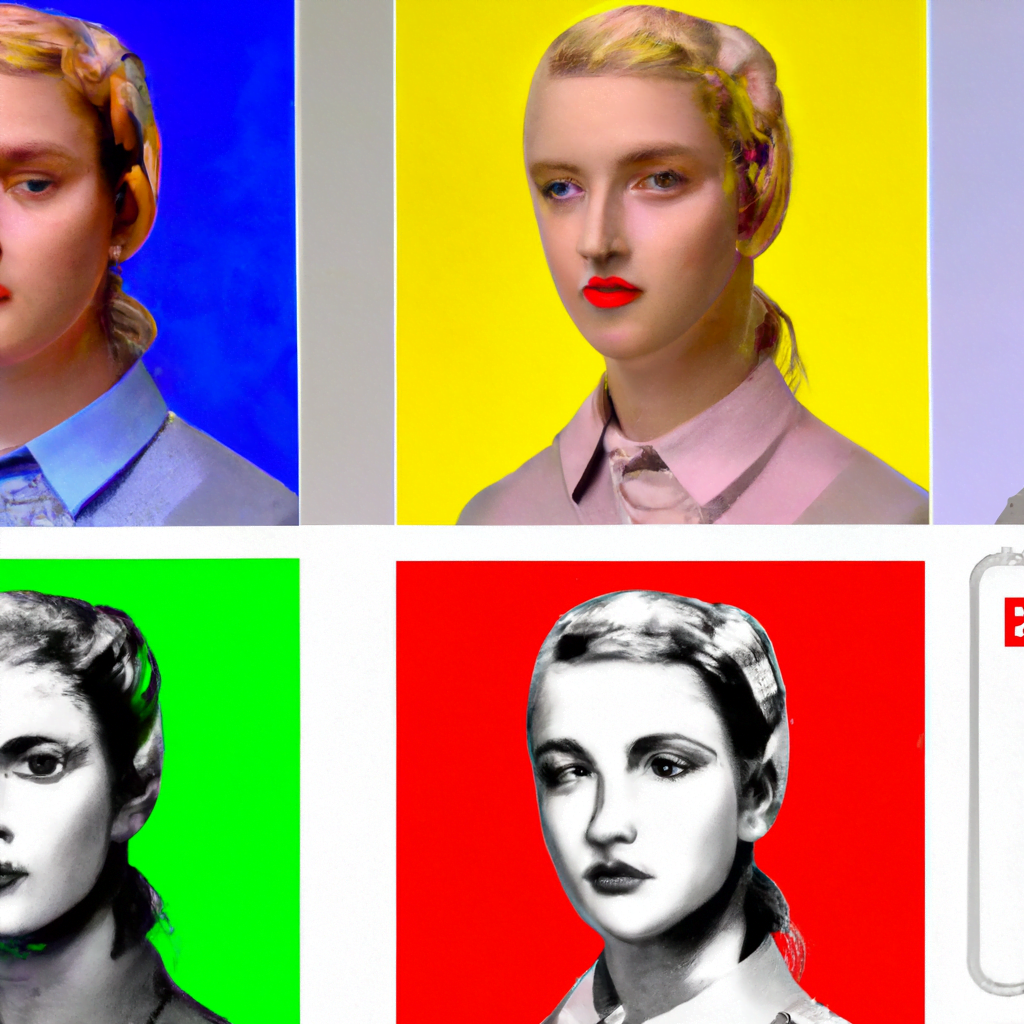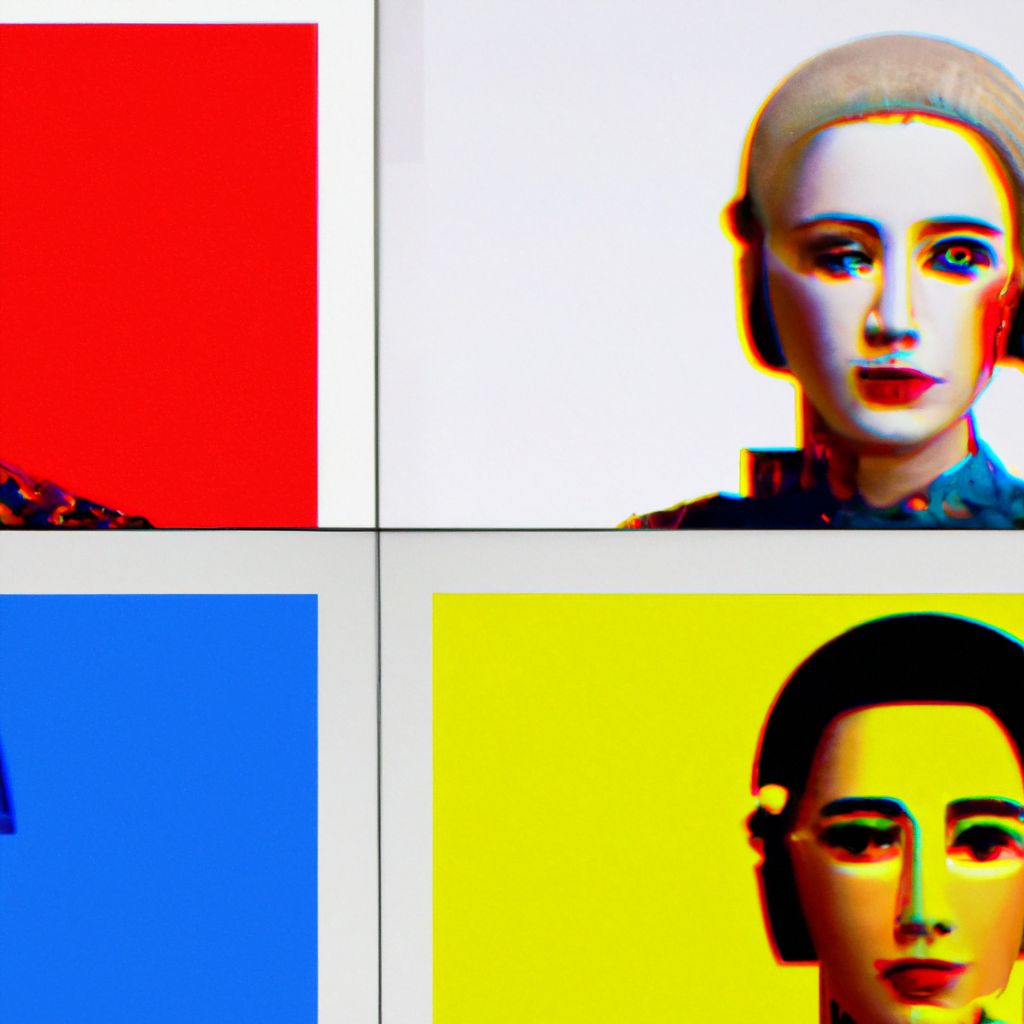
The Impact of AI in Designing for Emotional Engagement

Artificial Intelligence (AI) has revolutionized various industries, and its impact on design is no exception. Designing for emotional engagement is a crucial aspect of creating successful products and experiences. AI has the potential to enhance emotional engagement by analyzing user data, predicting emotional responses, and generating personalized experiences. In this article, we will explore the ways in which AI is transforming the design process and its impact on emotional engagement.
The Role of Emotional Engagement in Design
Emotional engagement refers to the ability of a design to evoke emotions and create a meaningful connection with the user. It goes beyond aesthetics and usability, focusing on the emotional response and overall experience. Emotional engagement is essential because:
- It fosters brand loyalty and customer satisfaction.
- It creates memorable experiences that users are more likely to share and recommend.
- It increases user motivation and encourages continued interaction.
The Limitations of Traditional Design Approaches
Traditionally, designers relied on their intuition and subjective understanding of users to create emotionally engaging designs. However, this approach has limitations:
- It is time-consuming and costly to conduct extensive user research and iterate designs based on feedback.
- Designers may have biases that influence their understanding of user emotions.
- Design decisions are often based on a limited sample size of user feedback.
The Role of AI in Designing for Emotional Engagement
AI has the potential to overcome the limitations of traditional design approaches and enhance emotional engagement. Here are some ways in which AI is transforming the design process:
1. Analyzing User Data
AI algorithms can analyze vast amounts of user data, including social media posts, online reviews, and user behavior patterns. By analyzing this data, designers can gain valuable insights into user preferences, emotions, and needs. For example, sentiment analysis algorithms can determine the overall sentiment associated with a brand or product, helping designers understand how users feel about their designs.
2. Predicting Emotional Responses
AI can predict emotional responses to design elements by analyzing user data and identifying patterns. By understanding how users are likely to emotionally respond to different design choices, designers can create more emotionally engaging experiences. For instance, AI algorithms can predict whether a particular color scheme or typography will evoke positive or negative emotions in users.
3. Personalizing Experiences
AI enables designers to create personalized experiences tailored to individual users. By analyzing user data, AI algorithms can generate personalized recommendations, content, and interfaces that resonate with users’ emotions and preferences. For example, e-commerce platforms can use AI to recommend products based on users’ past purchases and emotional responses.
4. Iterative Design and Feedback
AI-powered design tools can facilitate iterative design processes by generating multiple design variations and collecting user feedback. Designers can use AI-generated designs as a starting point and refine them based on user feedback. This iterative approach allows designers to create emotionally engaging designs more efficiently and effectively.
Case Studies: AI in Design for Emotional Engagement
Several companies have already embraced AI to enhance emotional engagement in their designs. Let’s explore a few case studies:
1. Netflix
Netflix uses AI algorithms to personalize the user experience and enhance emotional engagement. By analyzing user data, Netflix recommends movies and TV shows tailored to individual users’ preferences and emotional responses. This personalization creates a sense of connection and keeps users engaged with the platform.
2. Spotify
Spotify leverages AI to create personalized playlists and recommendations based on users’ emotional states. By analyzing user data, including listening habits and mood indicators, Spotify generates playlists that match users’ current emotional needs. This personalized approach enhances emotional engagement and keeps users coming back for more.
3. Adobe Sensei
Adobe Sensei is an AI-powered platform that assists designers in creating emotionally engaging designs. It offers features like content-aware fill, which automatically fills in gaps in images, and font recognition, which suggests fonts based on the desired emotional tone. Adobe Sensei empowers designers to create emotionally resonant designs more efficiently.
The Future of AI in Designing for Emotional Engagement
As AI continues to advance, its impact on designing for emotional engagement is likely to grow. Here are some potential future developments:
- AI algorithms may become more sophisticated in analyzing and predicting emotional responses, allowing for even more personalized and emotionally resonant designs.
- Virtual reality (VR) and augmented reality (AR) technologies combined with AI could create immersive experiences that evoke strong emotional responses.
- AI-powered chatbots and virtual assistants could provide emotionally intelligent interactions, understanding and responding to users’ emotions in real-time.
Summary
AI is transforming the design process and enhancing emotional engagement. By analyzing user data, predicting emotional responses, personalizing experiences, and facilitating iterative design processes, AI empowers designers to create emotionally engaging designs more efficiently and effectively. Companies like Netflix, Spotify, and Adobe have already leveraged AI to enhance emotional engagement in their designs. As AI continues to advance, its potential to create emotionally resonant designs will only grow, leading to more personalized and immersive experiences for users.
